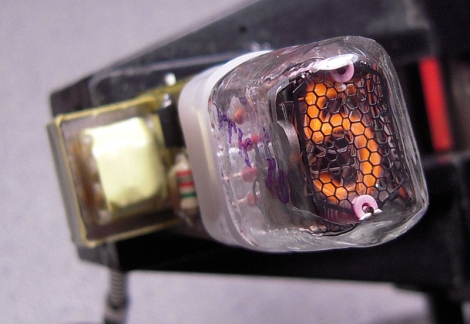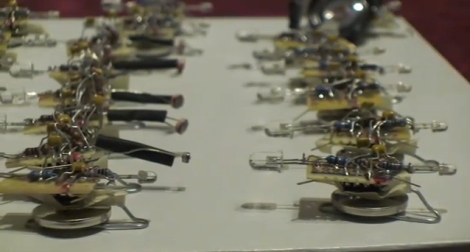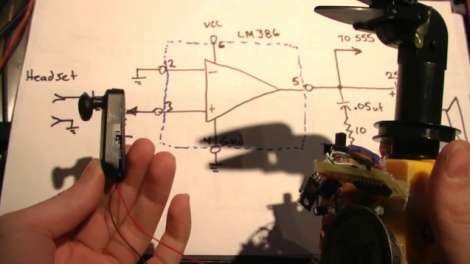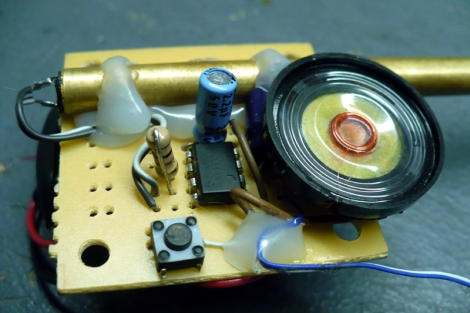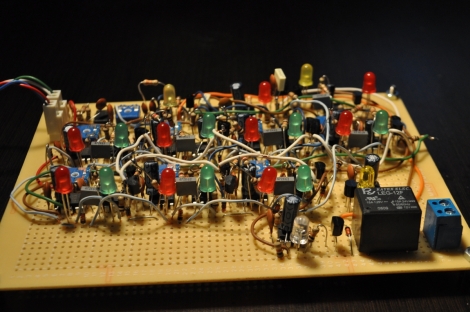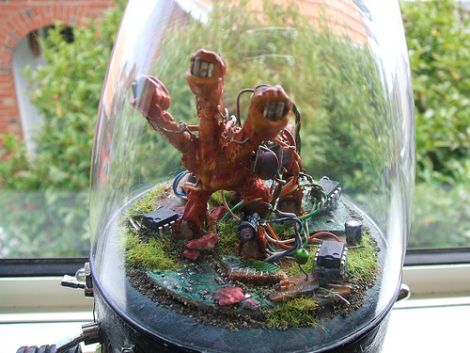
Instructables user [trumpkin] recently built an all-hardware based keypad lock for a contest he was entering, and we thought it was pretty neat. The lock uses mostly NAND gates and 555 timers to get the job done, which makes it a nice alternative to similar software-based projects we have seen in the past.
The lock has 6 keys on the keypad, which is connected to the main logic board. The keycode is set using a series of headers at the bottom of the board, and you get 10 chances to enter the proper code before the board locks up completely. If this occurs, a “manual” reset via a button built into the main board is required before any more attempts can be made.
As you can see in the video below, the lock works quite well, but suffers from one shortcoming. Any permutation of the key code can be used to deactivate the lock, which is something [trumpkin] says he would like to improve in the future.
If you are looking for some more security-related reading, be sure to check out these other hacks we have featured in the past.
Continue reading “Hardware-based Security Keypad Keeps It Simple”

